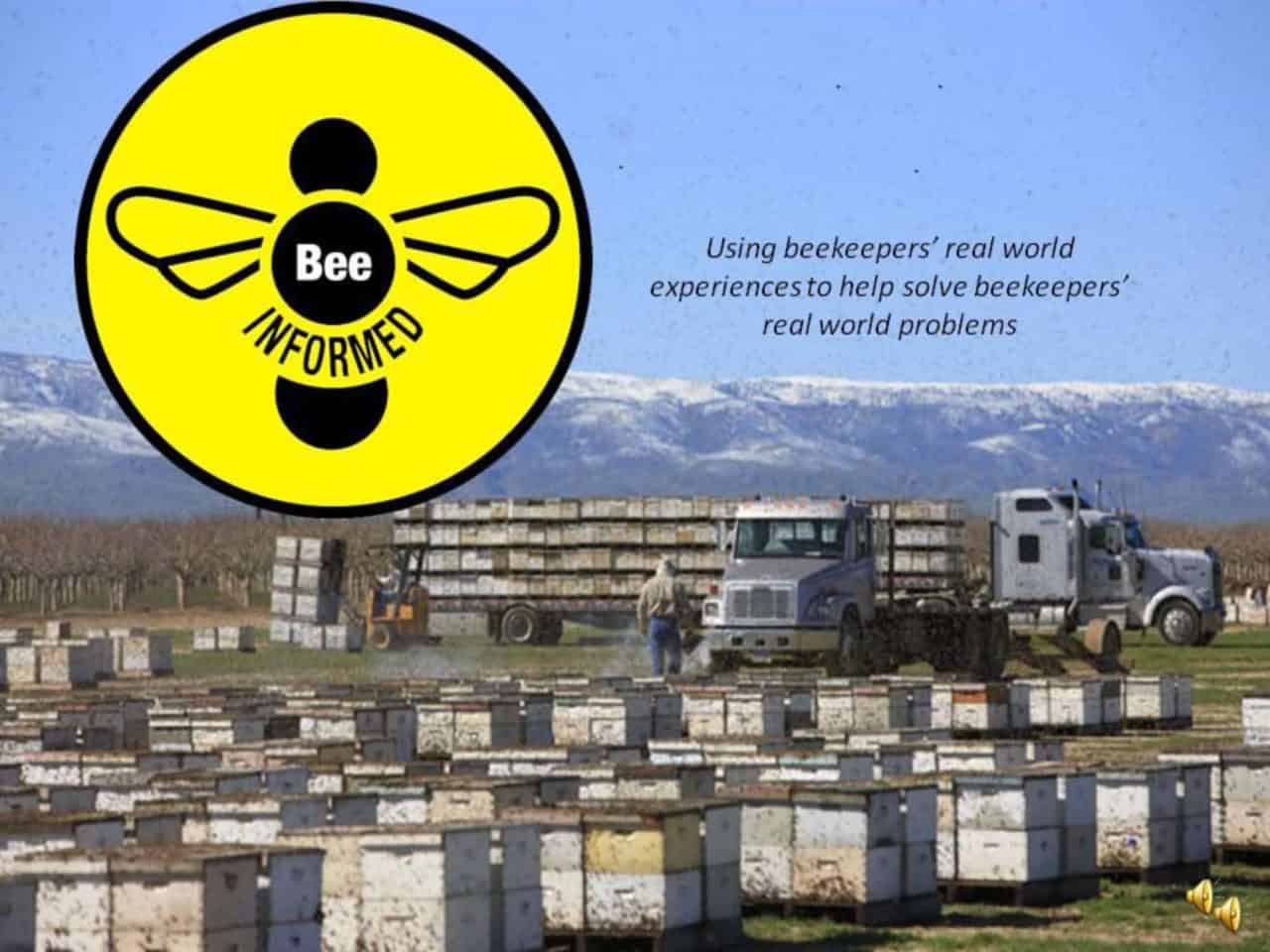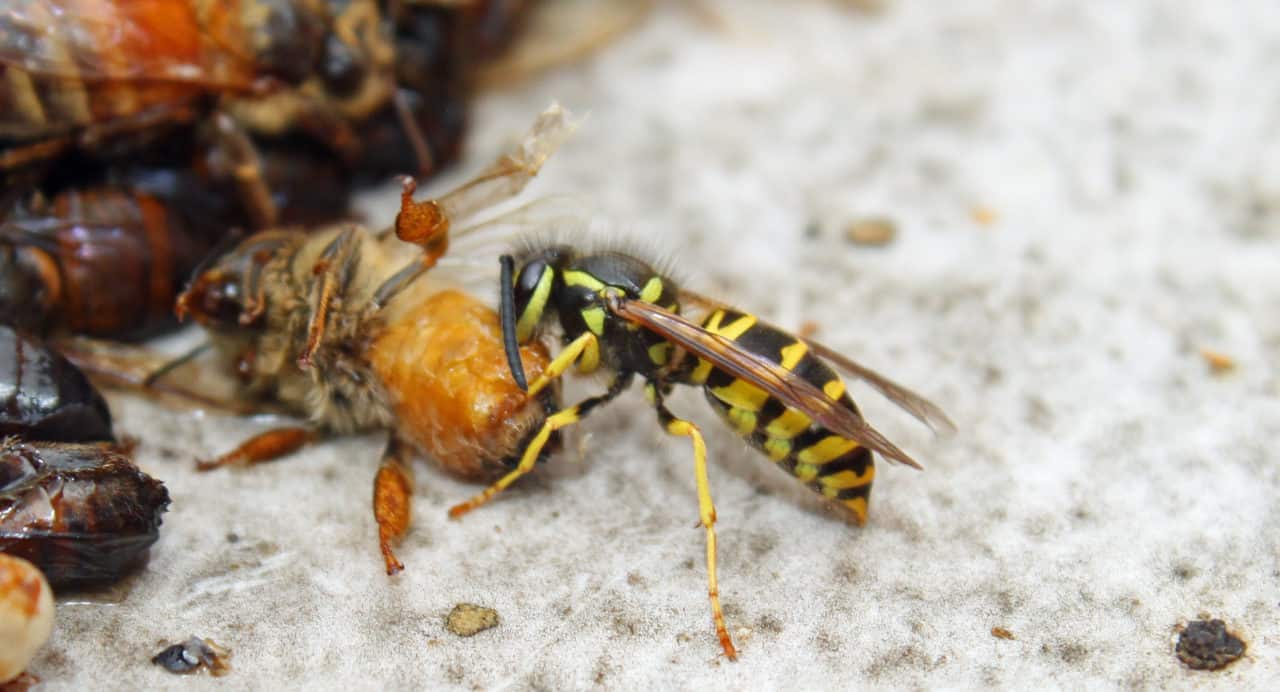Liz and I spent a week in Southern California taking samples for the National Honey Bee Disease Survey. We came across purple brood – something I had never seen before. The larvae had a bright purple hue to them along their gut line. It was quite pretty. After some research, it seems that the most likely cause for purple brood is nectar from the plant Cyrilla racemiflora (common names are southern leatherwood or summer titi). It is poisonous to the brood, so beekeepers either have to move their colonies away or take the loss. Only one colony of the eight we sampled had it, so…
BIP at SESYNC
"Dr. Dennis vanEnglesdorp of the University of Maryland describes the newly-created Bee Informed Partnership. Utilizing beekeepers real world experiences to help solve beekeepers real world problems."
Urban Beekeeping in Washington
Hunt. (2012). The Rise of Urban Beekeeping in Washington. The Washingtonian. November 2012. "Colony Collapse Disorder is a real concern—but some backyard beekeepers are trying to combat it." Hunt. (2012). The Rise of Urban Beekeeping in Washington. The Washingtonian. November 2012.
Hurricane Sandy and the Seabees
Last weekend the east coast was hammered by Hurricane Sandy. Thankfully, all of us at the University of Maryland lab made it through unscathed, but some areas of the East Coast weren't so lucky. My heart goes out to everyone who experienced flooding and devastation. I kept my parents company during the hurricane at their home on the eastern shore of Maryland. The rain started to get heavy Sunday afternoon and by Monday morning the winds were blowing hard. I didn't want to brave the roads in those conditions so there was no chance of me escaping my parents by that point (just kidding!). Somehow the conversation turned to…
Whats wrong with my hive?
To determine if something is wrong with your hive, you must first know what a healthy, productive hive looks like. Knowing what a healthy colony looks like takes time, patience, and many hours in the hive to get a feel of what is going on in the colony throughout the year. Sometime the colony does not look so great and the size of the colony starts to dwindle. You can do two things here, panic or take a look at what is actually going on. Look at the brood, look at the bees(size, wings, uniformity, behavior), look at the sealed brood, look at the food…
Survey Winner 2012
Our survey winner is Bob Miller from Watsonville, CA. Our California BIP Tech Team visited Bob and provided sampling and analysis of ~50 of his colonies.
Halloween and the Honey Bee
Halloween is coming up ladies and that means you need to pick a costume and fast. For you bee enthusiasts out there it may be difficult to waver from variations on the cute honey bee costume popularized by the “Bee Girl” in Blind Melon’s 1993 video for “No Rain.” This year however I challenge you to forgo the stereotypically fanciful costume and go for realism. For example, one could simply wear their bee suit. If you live in a Northern climate it’s the practical way to go as it will keep you warm all night. Another benefit is that with a myriad of pockets you can…
Fall: Cycle of Northern California Bee Breeder
This is the final installment of a 3 piece blog that summarized a year in the life of a Northern California Bee Breeder. We are quickly approaching the end of October and beekeepers in the area are closer and closer to giving their bees a much needed rest. October and November are the culmination of a year’s work. It’s make or break time for most and what you have is what you got and hopefully what you will end up with at the start of the new year. There is no time for re-queening, no hope for a miraculous turn around, and nothing more to…
Autumn and the Death of Drones
The autumn is here and it is getting pretty chilly in Minnesota. The shorter days and decreased temperatures also mean doom for the poor drones. While sampling colonies this past September, we saw worker bees drag out their reluctant brothers. A drone's function is to mate, and there isn't mating going on in the winter. No mating means the fellows are no longer needed in the colony and are just a drain on the colony's resources, and they are treated as such. They are forced out of the colony and eventually die of exposure. I understand why the worker bees drag the drones out and…
Yellow Jackets
With winter approaching and food sources dwindling honey bee colonies are starting to be harassed by pests. Yellow Jackets are one of the most common pests, they feed on bees, larva, brood, honey bee bread and pretty much anything they can take advantage of in the hive. During this time of year when robbing becomes a problem, the yellow jackets will follow. During the chaos there is an open opportunity for yellow jackets to move in and take advantage of the situation. In Butte County, CA it was a very dry year so the yellow jackets will be a more serious problem with the lack…



